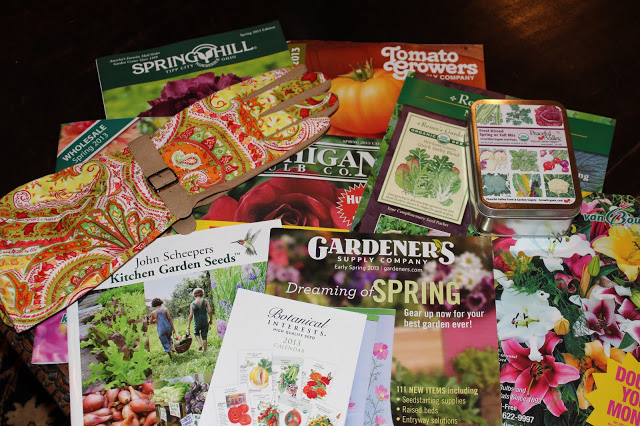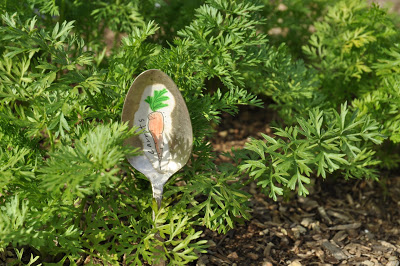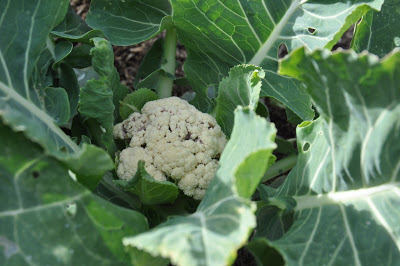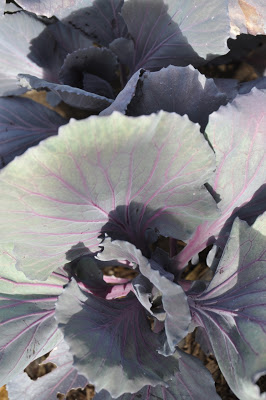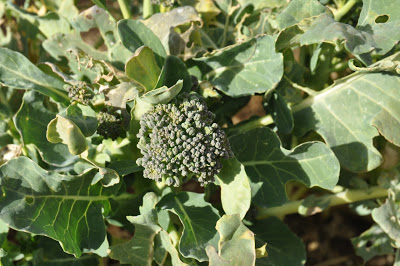Mourning the garden – post ice storm
It’s a sad day in the garden. Last night’s freezing thunderstorms decimated all of our signs of spring. All the beautiful new buds and blooms we’ve been enjoying in the warmer weather over the last few weeks are gone.
This plum tree’s tender new blooms are all toast.
This is what she looked like two days ago.
The blue bonnets will probably perk back up, but they are drooping under the weight of ice this morning.
The aralia looks miserable, but it will come back – it always does.
Even the winter-hardy quice blooms are all brown and wilted.
This ice looks very sculptural on this yucca rostrata; luckily it will be fine once it warms up.
I know we aren’t suffering like our friends up north in the real polar vortex, but it’s been a rough winter for us here, relatively speaking. And it’s a sad time for Texas gardeners. Our spring won’t just be late this year, we’ve lost most of the buds and blooms of spring for the year.











